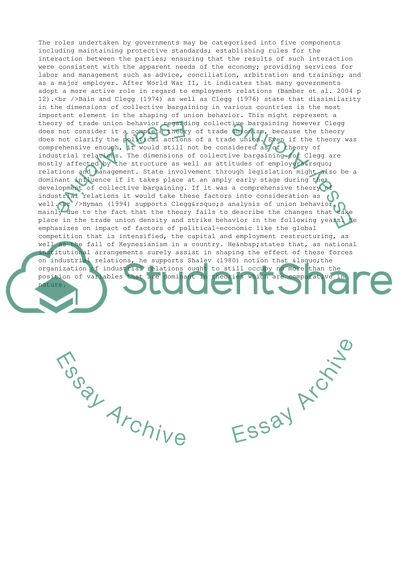Cite this document
(A Crucial Role in Employment Relations Term Paper - 1, n.d.)
A Crucial Role in Employment Relations Term Paper - 1. https://studentshare.org/business/1713442-human-resourcesmanagement
A Crucial Role in Employment Relations Term Paper - 1. https://studentshare.org/business/1713442-human-resourcesmanagement
(A Crucial Role in Employment Relations Term Paper - 1)
A Crucial Role in Employment Relations Term Paper - 1. https://studentshare.org/business/1713442-human-resourcesmanagement.
A Crucial Role in Employment Relations Term Paper - 1. https://studentshare.org/business/1713442-human-resourcesmanagement.
“A Crucial Role in Employment Relations Term Paper - 1”. https://studentshare.org/business/1713442-human-resourcesmanagement.


